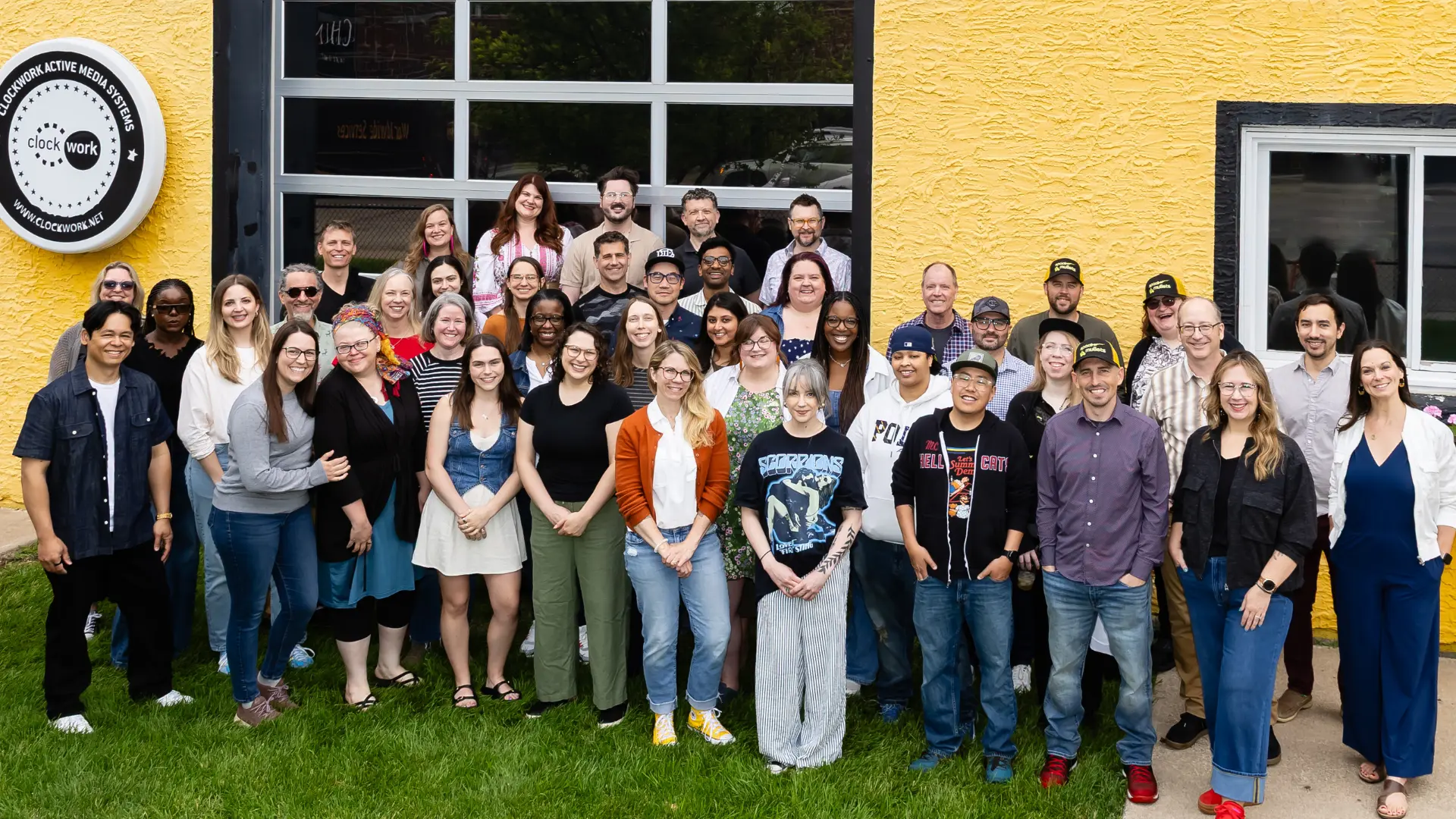Users’ experiences are the key to digital product and business success. And yet, we’re talking about experiences, which are innately human and subjective. The truth is that because user experience is literally about how people perceive something, there’s no secret formula that ensures success.
We can use multiple methodologies to connect with our audiences and there are a lot of ways to talk about user experience. We can talk about our emotions and gut reactions. We can talk about established theories and empirical research. We can talk about best practices and the latest trendy book.
Luckily, we can look to a wealth of UX resources to guide our practice as navigate the ins and outs of humanness and human preferences. One of my favorite resources is UX Axioms, which lists 26 principles of user experience design. The author is Eric Dahl, founder of the MidwestUX Conference, among other things. He has presented these at a number of conferences and refined them along the way. He also authors two card decks: Design Axioms and Health Axioms.
Here are a few of my favorites from the UX list:
- It’s all about the people, it’s not about the object. A lot gets in the way of doing the best for the users: organizational challenges, stakeholder opinions, technological limitations, and so on. Whatever business or tech requirements exist, the best solution is the one which serves the user best.
- Problem finding before problem solving. As collaborators, we can’t solve a problem that we don’t understand. The entire team has to step back and make sure the full problem is understood and articulated before we dive into creating a solution.
- Reframe constraints as a forcing function. Hearing, “That’s a great idea, but…” is never fun. Think of constraints as a challenge to be overcome, not an annoyance that interferes with your work.
- Make stuff and then kill it. Don’t be afraid to start over. The first iteration is not always the right direction.
- Understand and play with emotion. Emotion is at the core of a user’s experience. Consider a user’s emotions when proposing a solution. For example, you’re working on a healthcare site that serves users with serious conditions. Look at the site through the eyes of someone who could feel scared and alone.
Bottom Line: A user’s experience is complicated. There isn’t one list of truths that we can use to create it, but there are a lot of good resources for us to lean on to think intelligently, humanly, and creatively about what we’re making.
Want to discuss your users’ experience?



